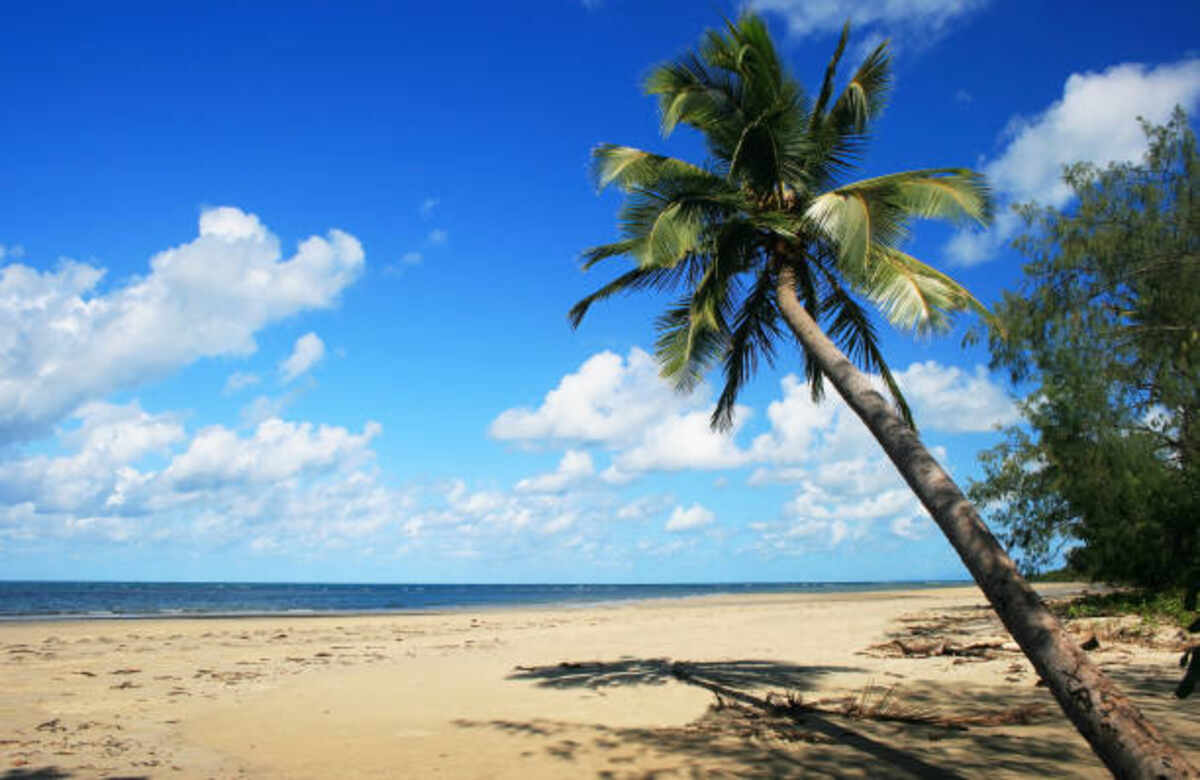Ah, the Whitsundays! This cluster of 74 dazzling islands nestled between the Great Barrier Reef and Queensland’s coast is the stuff of postcards, holiday dreams, and Instagram envy. But beyond the white sands and turquoise waters lies a real treasure trove—an ongoing commitment to sustainable eco-tourism that’s shaping the future of travel in this slice of tropical heaven. Often the Amazing fact about Check website.
Now, as someone who has lived and worked on islands across the globe, nothing gets my enthusiasm bubbling like a good cocktail of passion for nature and innovative eco-tourism practices. And friends, the Whitsundays delivers. Let’s chart the waters of what sustainability looks like here and what recent regulations and developments are creating waves in the conservation world.
A History of Beauty with a New Focus on Sustainability
The Whitsundays’ journey isn’t just about fun under the sun—it’s one of resilience and reinvention. Being part of the Great Barrier Reef Marine Park means the islands and adjacent waters are protected as a UNESCO World Heritage Site. But nature isn’t just beautiful—it’s also fragile. Combine that with unpredictable weather events like Cyclone Anthony in 2013, which left parts of Hook Island battered, and you’ve got a recipe for urgent innovation.
After decades of development and over-tourism concerns in some areas, such as Hook Island’s old resort site, which had fallen into disrepair, the region is evolving to embrace sustainability as a guiding ethos. This shift is about harmony—welcoming travelers to marvel at the abundant beauty without leaving so much as a trace.
Hook Island: The Star of the Revival
One of the most exciting chapters in eco-tourism today unfolds on Hook Island. Long abandoned after cyclone damage, this jewel of the Whitsundays is undergoing a jaw-dropping transformation, led by an ambitious $40 million project. Plans for a state-of-the-art eco-lodge aim to strike the perfect balance between luxury and environmental preservation. The property will feature biophilic cabins, outdoor pools that blend seamlessly with the landscape, and wellness spaces designed to allow travelers to immerse themselves in the island’s natural beauty.
The project’s commitment to conservation is no joke. Cyclone-resistant modular designs, widespread use of recycled materials, and efforts to preserve native vegetation ensure minimal disruption to the island’s habitat. To top it off, water efficiency and waste management will play a big role in daily operations. Oh, and let’s not forget about innovative marine infrastructure being put in place to prevent coral damage while bringing in construction barges—talk about eco-friendly attention to detail!
Even local authorities are stepping up. The Whitsunday Regional Council is working closely with developers to ensure the environmental impact is thoroughly assessed and minimized. Protecting the coral reefs, which are crucial to the delicate marine ecosystem, remains a top priority.
A Leader in Sustainability: Coral Sea Marina
Speaking of trailblazers, Coral Sea Marina in Airlie Beach has been instrumental in leading the eco-tourism charge. As the first Australian marina to achieve Sustainable Tourism Certification under Ecotourism Australia’s high standards, it’s paving the way for ethical and responsible marine tourism. This marina supports numerous certified eco-tour operators, giving visitors a chance to explore the Whitsundays without harming the environment.
Whether it’s a snorkeling adventure or a diving trip in the Great Barrier Reef, travelers can rest assured they’re participating in carefully managed, sustainability-focused activities. Coral Sea Marina’s success highlights how the Whitsundays as a whole are championing eco-tourism while maintaining their reputation as an inviting paradise for adventurers.
Whitehaven Beach: A Champion in Conservation
If you’ve ever seen a photo of the Whitsundays, chances are you’ve been dazzled by Whitehaven Beach. This seven-kilometer stretch of pristine silica sand and turquoise water is world-famous—and for good reason. Recently named “Best Beach for 2025” by Lonely Planet, Whitehaven is more than just a pretty face.
Strict visitor regulations and limited access are key to keeping this natural gem as pristine as it is. Local tour operators and park rangers work tirelessly to ensure minimal environmental impact, preserving the stunning beach for generations of travelers to come. It’s yet another win for sustainability in the Whitsundays.
Destination 2045: A Big, Bold Future
Sustainability isn’t just an idea here—it’s part of a long-term plan. Destination 2045 is a forward-thinking strategy designed to ensure the Whitsundays thrive for decades. Led by tourism stakeholders and local authorities, this framework is grounded in blending economic viability with ecological preservation.
Public workshops in Airlie Beach have been a key feature of the plan, inviting feedback from locals and small businesses to help shape a vision for the future of the region. It’s encouraging to see the community working together to protect an area as special as the Whitsundays.
An Invitation to Paradise
As someone who has spent considerable time living on islands around the globe, I can’t overstate how critical sustainable tourism is—not just for the environment but for the communities and industries that thrive on it. The Whitsundays are a shining example of how a destination can evolve into a world leader in eco-conscious travel.
Whether you’re lounging on Whitehaven Beach, exploring the coral ecosystems from Coral Sea Marina, or staying in a luxurious eco-lodge on a reimagined Hook Island, the Whitsundays offer far more than a tropical escape. They offer a chance to be part of something bigger—an opportunity to experience paradise while knowing it’s being protected for the future.
So, pack your bags, bring your sense of wonder, and remember to tread lightly. The Whitsundays are calling, and they want you to join their sustainable tourism revolution. See you there!


